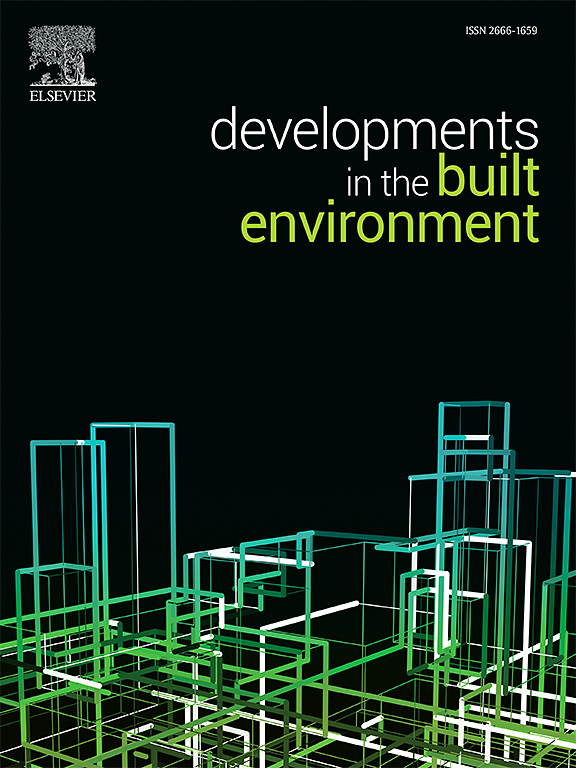Spectral element simulation data-driven acoustic emission damage location in orthotropic steel decks
IF 8.2
2区 工程技术
Q1 CONSTRUCTION & BUILDING TECHNOLOGY
引用次数: 0
Abstract
Data-driven acoustic emission (AE) damage location methods yield promising performances in large-scale complex structures like orthotropic steel decks (OSDs), but rely on abundant training data that are generally obtained by pencil lead break (PLB) tests. A new data-driven AE location method based on spectral element simulation and machine learning is proposed for more efficient practical applications. Especially, a CPU-GPU heterogeneous parallel computing framework is developed for three-dimensional time-domain spectral element method (SEM) simulation. It helps to generate high-quality numerical AE waves without excessive computational resources for training the artificial neural network (ANN)-based location model. Through the experiment on a full-scale OSD model, the method was proved to achieve an accuracy significantly higher than the widely-used time of arrival (TOA) method and comparable to the traditional data-driven method with experimental input data. The innovation lied in obviating burdensome PLB tests to collect training data for the AE location machine learning model.
光谱元模拟数据驱动的正交异性钢甲板声发射损伤定位
数据驱动声发射(AE)损伤定位方法在正交各向异性钢甲板(OSDs)等大型复杂结构中具有良好的性能,但依赖于大量的训练数据,这些数据通常是通过铅芯断裂(PLB)试验获得的。为了提高实际应用效率,提出了一种基于谱元模拟和机器学习的数据驱动声发射定位方法。特别是针对三维时域谱元法(SEM)仿真,开发了一个CPU-GPU异构并行计算框架。它有助于在不占用过多计算资源的情况下生成高质量的数值声发射波,用于训练基于人工神经网络(ANN)的定位模型。通过在全尺寸OSD模型上的实验,证明了该方法的精度明显高于广泛使用的到达时间(TOA)方法,与传统的数据驱动的实验输入数据方法相当。创新之处在于避免了为AE定位机器学习模型收集训练数据的繁琐PLB测试。
本文章由计算机程序翻译,如有差异,请以英文原文为准。
求助全文
约1分钟内获得全文
求助全文
来源期刊

Developments in the Built Environment
Multiple-
CiteScore
7.40
自引率
1.20%
发文量
31
审稿时长
22 days
期刊介绍:
Developments in the Built Environment (DIBE) is a recently established peer-reviewed gold open access journal, ensuring that all accepted articles are permanently and freely accessible. Focused on civil engineering and the built environment, DIBE publishes original papers and short communications. Encompassing topics such as construction materials and building sustainability, the journal adopts a holistic approach with the aim of benefiting the community.
 求助内容:
求助内容: 应助结果提醒方式:
应助结果提醒方式:


